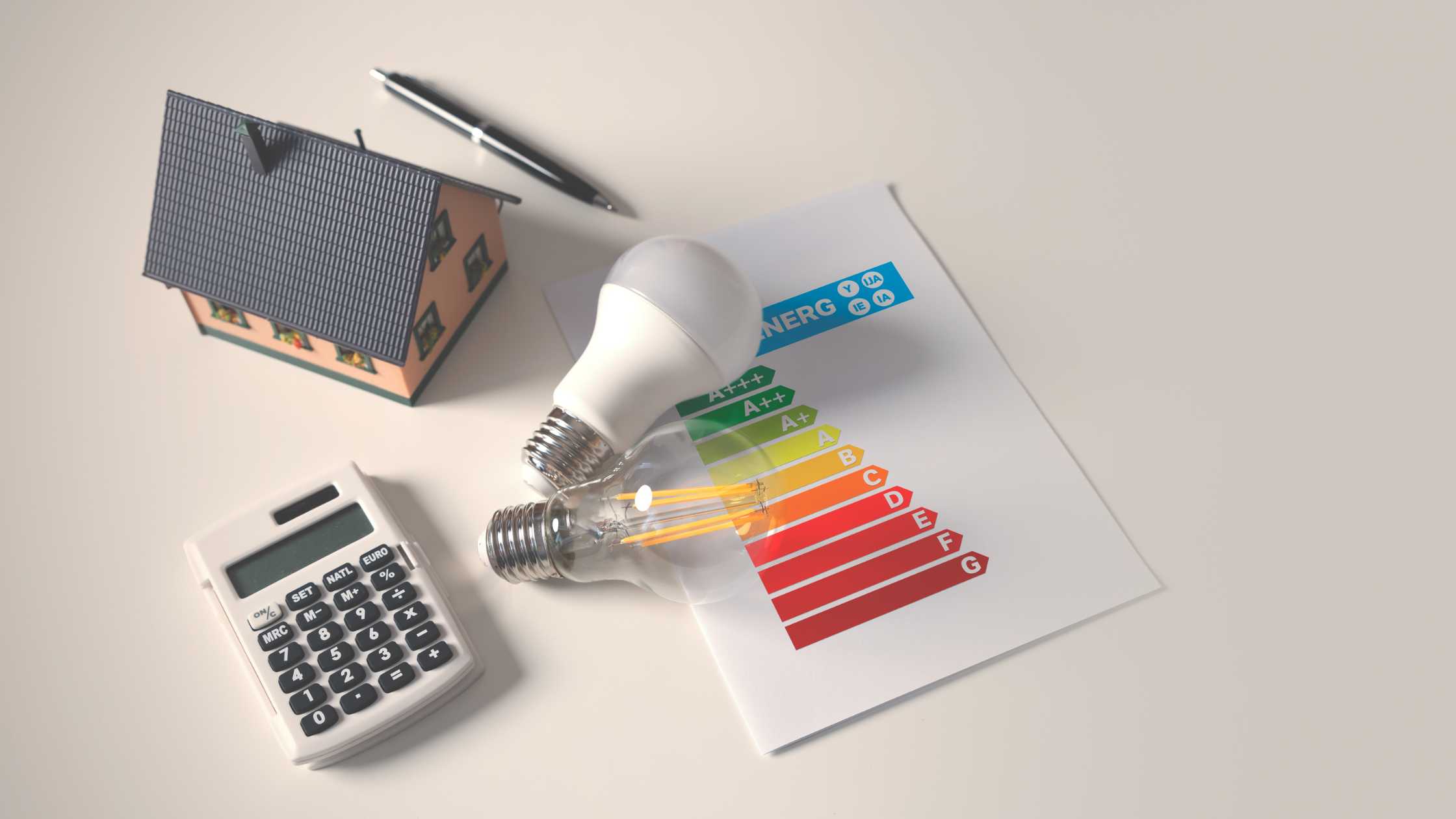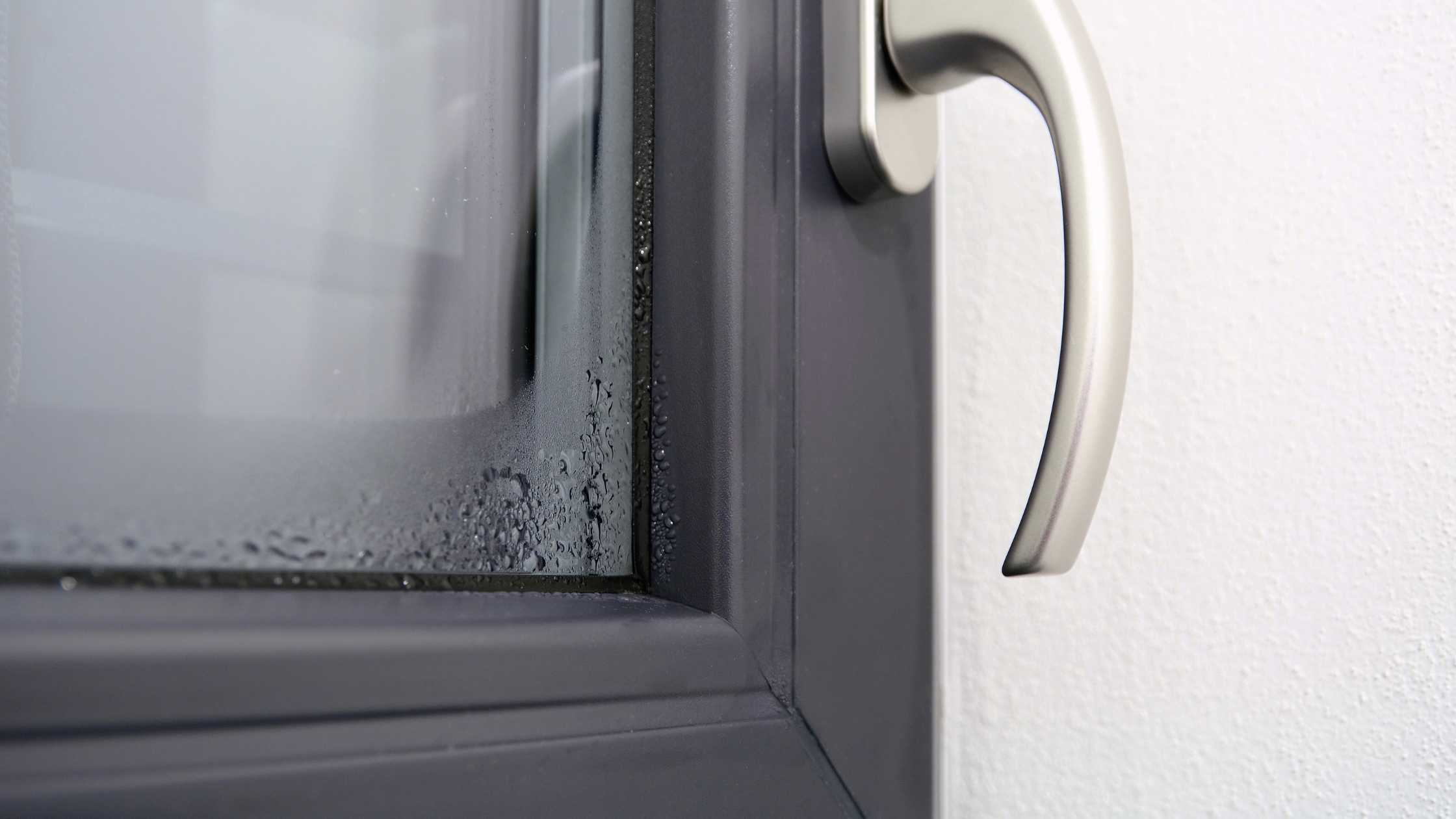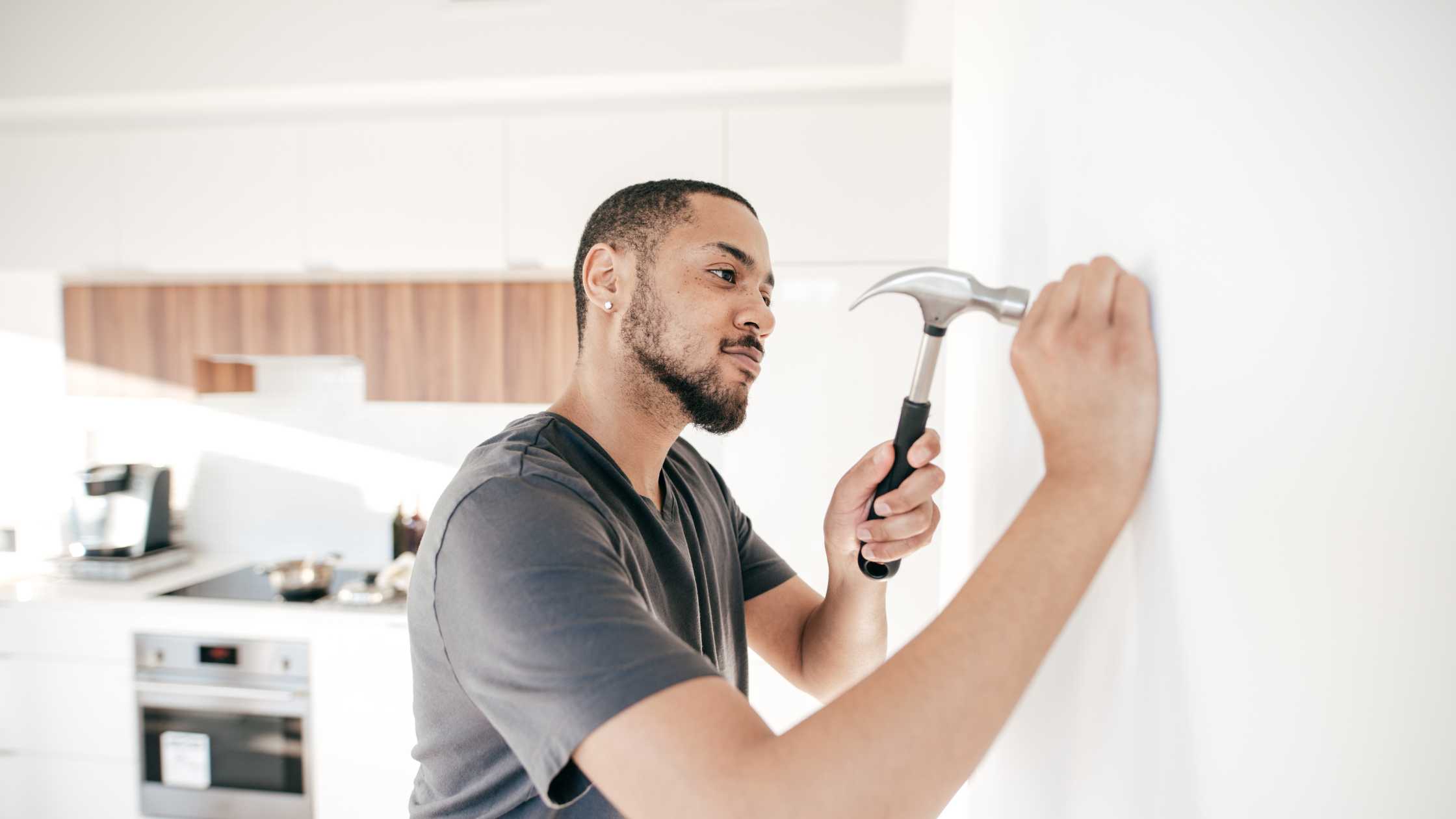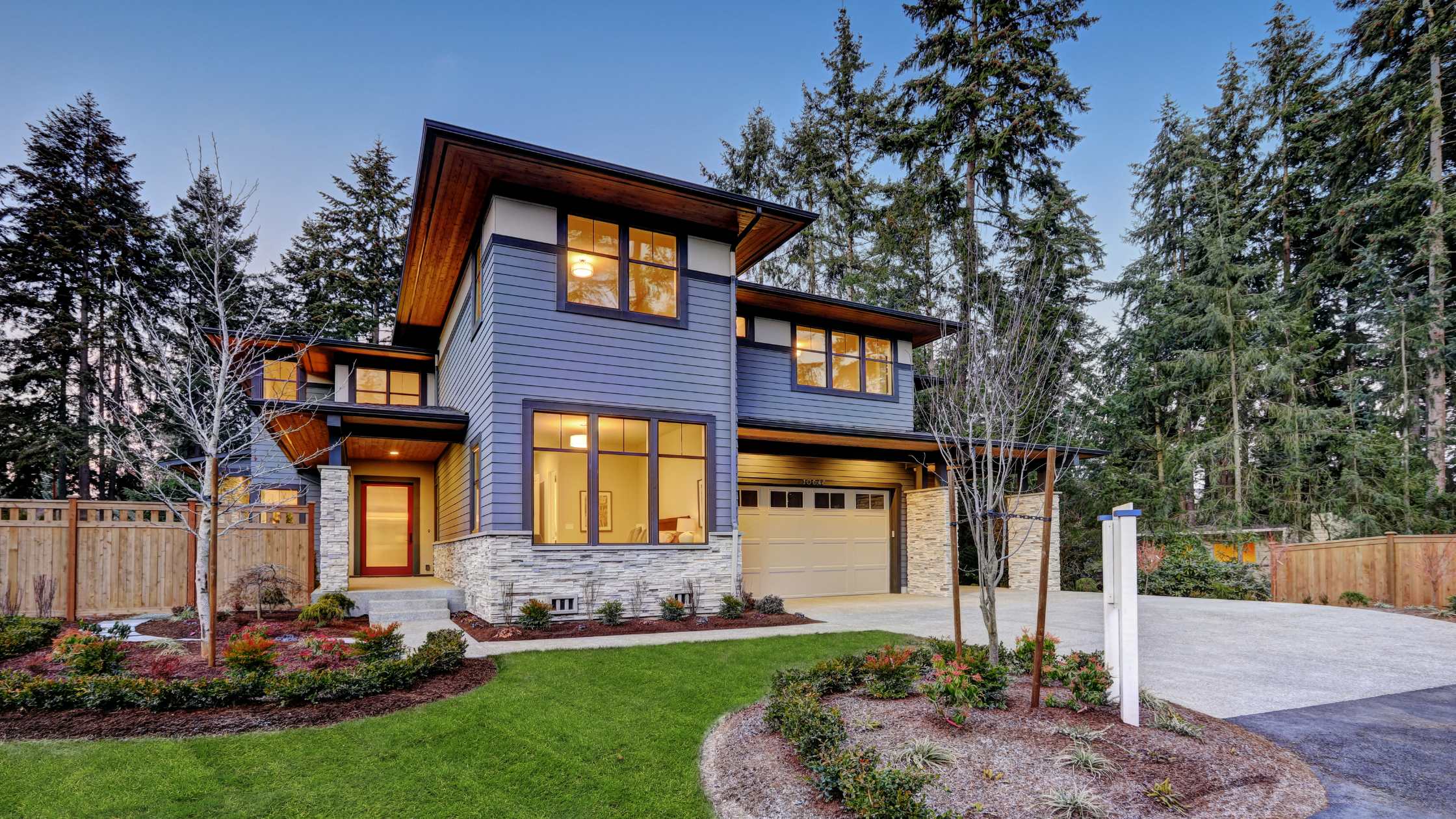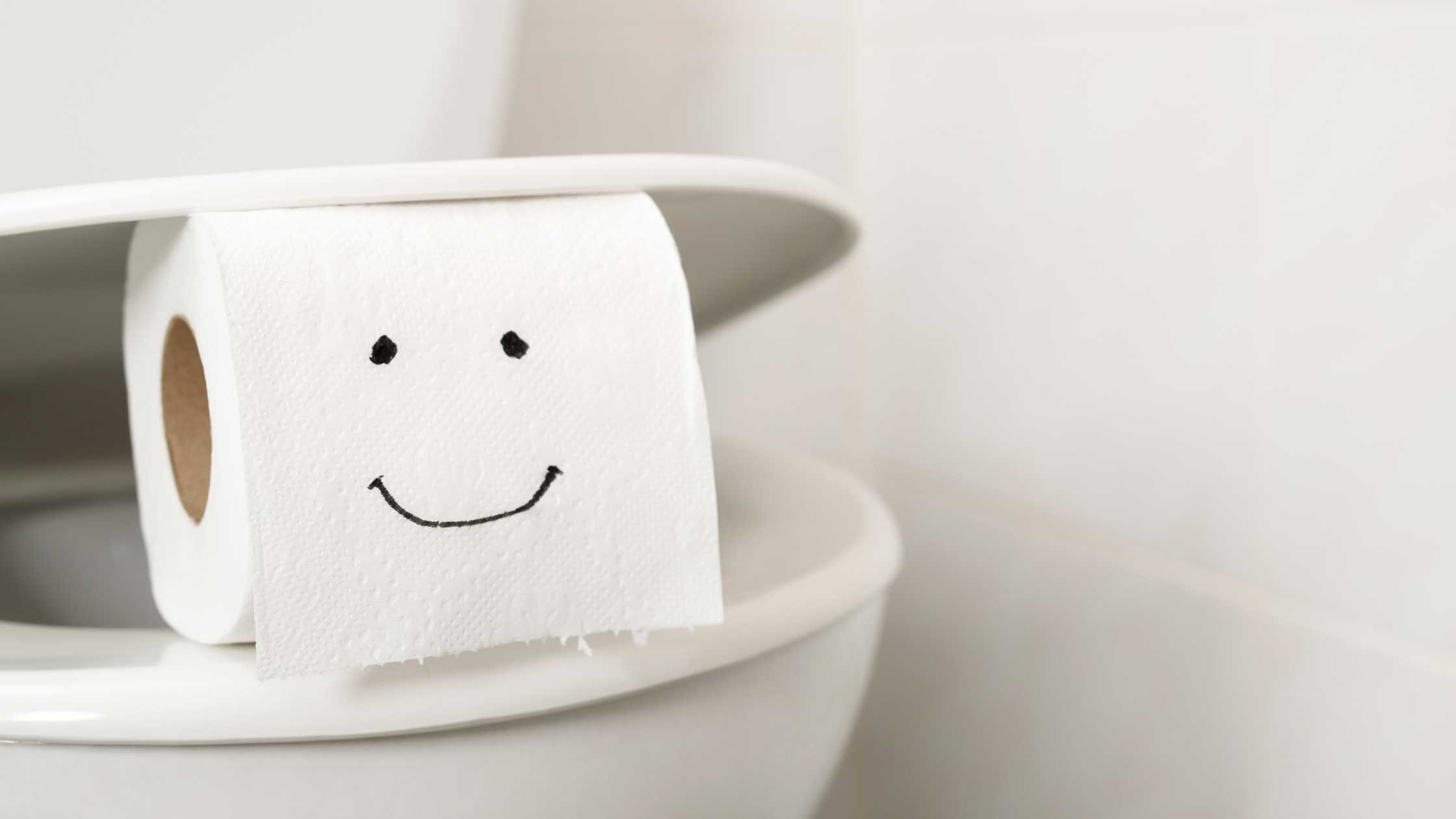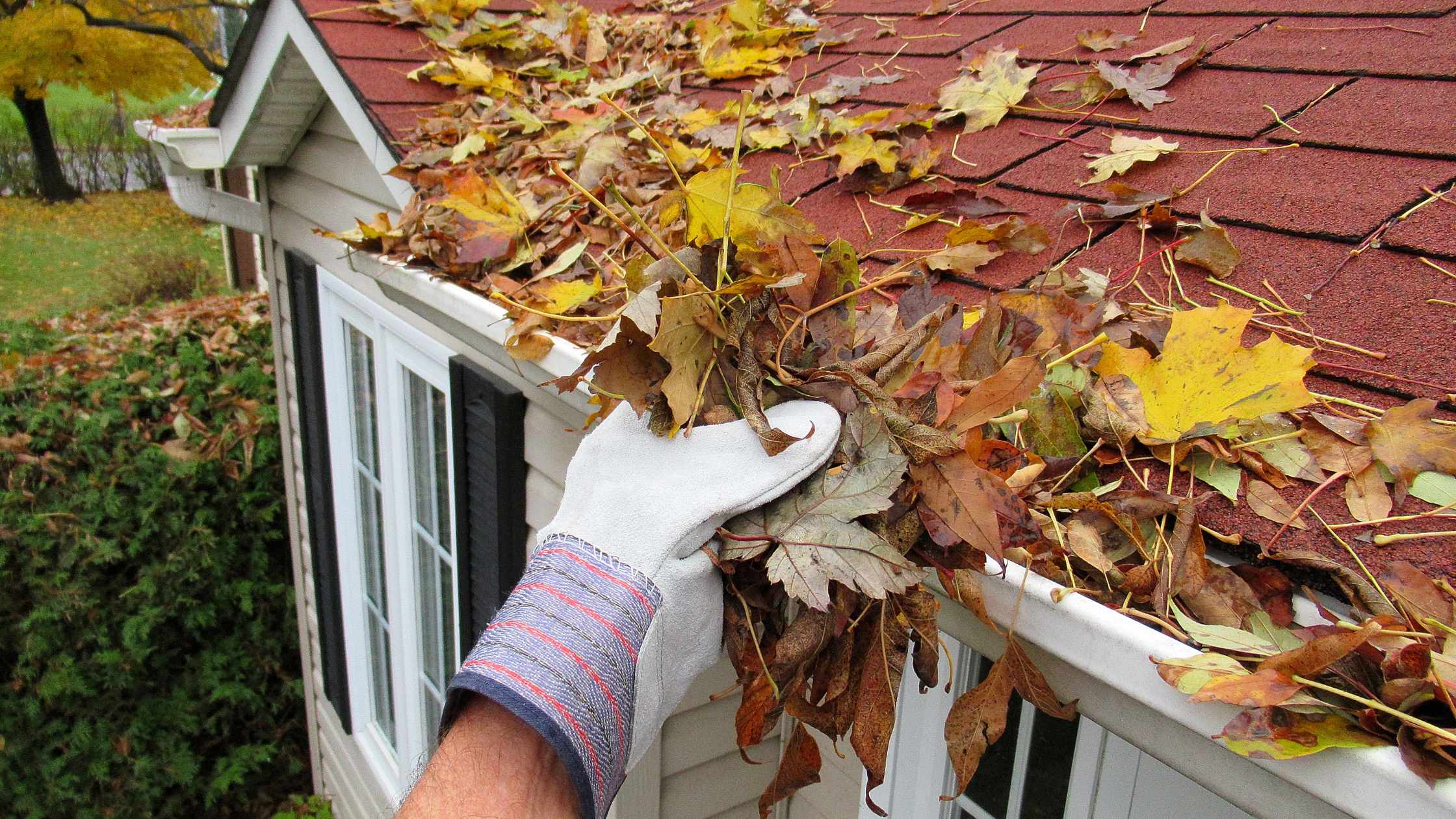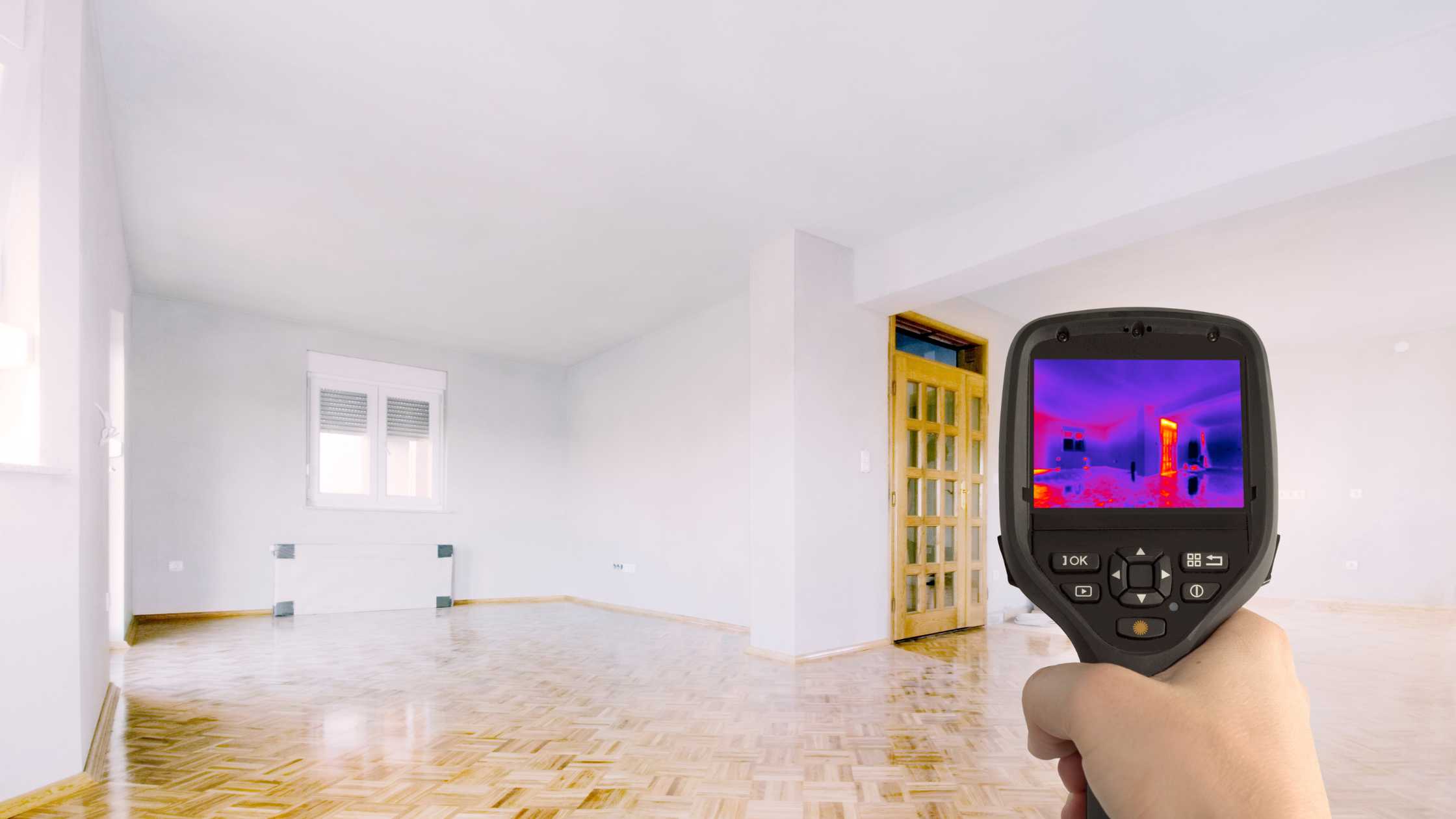How to Save Money on Utilities this Summer
You may be enjoying the great outdoors this summer, but your home still needs to be a cool escape from the summer heat. While blasting the A/C inside keeps your home cool, it can also be expensive. Read on for a few easy, affordable ways you can lower your energy bill this summer while ensuring your home remains comfortable.
Seal windows and doors
Windows and doors are the entryways to your home, so they’re the first point where cool air can escape and hot air can enter. To help reduce your energy bill, check the seals on windows and doors to ensure they’re in good shape, and re-caulk or seal any areas that may have degraded over time.
Use blackout shades or heavy curtains on windows
In addition to sealing windows and doors, another way to lower your energy bill is by limiting the amount of heat that enters the home. Because sunlight streaming in through a window can heat up a room, make sure that you use blackout shades or heavy curtains to limit the amount of sunlight that comes in through the windows.
Use ceiling fans
Ceiling fans can help you make the most of the cool air that your HVAC is delivering. You can create a downdraft of cool air by programming ceiling fans to turn counterclockwise. If you use your ceiling fan wisely, you can decrease the intensity of your A/C output.
Upgrade your thermostat
Installing a programmable thermostat is a great way to lower your energy bills. You can choose a specific temperature that you’d like to keep your home at, and set the A/C to run less while you’re not at home. Many newer thermostat systems allow you to adjust temperatures remotely via an app, so you can program the A/C to start cooling your home just before your return from work!
Rethink your lighting
Upgrading your light bulbs and turning off unnecessary lighting can reduce your energy costs. Be sure to turn off all lights before leaving a room, going to bed at night, or leaving the house. It may also be a good idea to power down electronics that aren’t being used at nighttime. You can also consider installing new LED bulbs, which can be 80% more efficient than traditional light bulbs.
HVAC maintenance
A well-maintained HVAC system will run more efficiently and cost you less money. To ensure your HVAC system is in good condition, be sure to replace air filters regularly so that cold air can get pushed through your home without obstructions.
Lower water heater temperature
Lowering your water heater temperature is a lesser known way to lower your energy bill, but when used along with the methods mentioned above, you may be able to see the difference in your monthly energy usage. Most water heaters are programmed to 140℉, but you won’t feel the difference if you lower it to 120℉. According to the EPA, lowering your water temperature may amount to as much as $400 in savings over the course of a year.
Looking for more summer home maintenance tips? Call South Sound Inspections for professional advice today!

